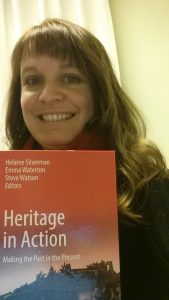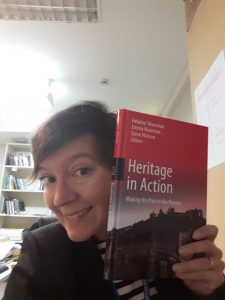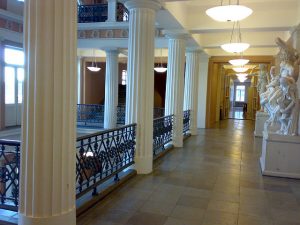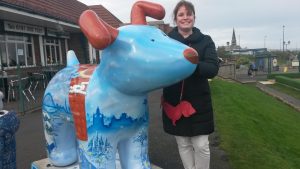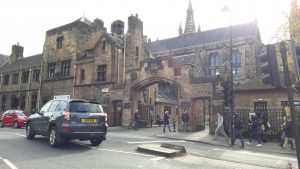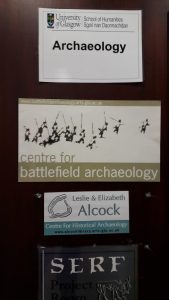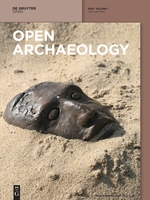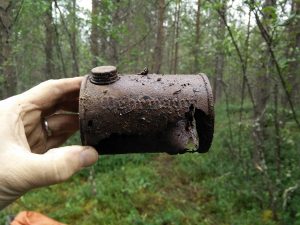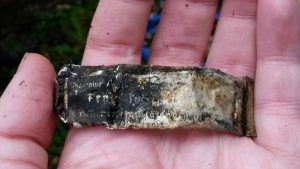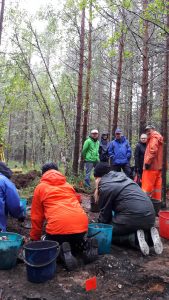We in the Lapland’s Dark Heritage team are looking forward to more research, more cooperation with our colleagues and friends in Finland and beyond, and more dissemination of our results in 2017. We also have some new adventures to look forward to:
As noted already, #InariDig2 received a grant from the University of Helsinki’s Future Fund, meaning we can return to Lapland next summer for more public archaeology.
Eerika Koskinen-Koivisto recently received a personal grant from the Finnish Cultural Foundation (Suomen Kulttuurirahasto), meaning that she can continue to do research related to the project, and will be based at the University of Jyväskylä, working with the rest of the Lapland’s Dark Heritage collective until October 2017.
We also had some wonderful news from Royal Society of Edinburgh. Both Suzie Thomas and our colleague Iain Banks of the University of Glasgow received Caledonian Research Fund/Royal Society of Edinburgh (CRF/RSE) European Visiting Research Fellowships for 2017. This means that Suzie will visit Scotland for two months to carry out research around community uses of the Cultybraggan former Prisoner of War Camp, basing herself at the University of Glasgow for that time. Shortly after her Fellowship ends, Iain will come to Finland for a further two months, so that he can once again participate in the excavations in Inari, carry out further field research and spend time at the Universities of Helsinki and Oulu.
We wish everyone all the very best for 2017, and look forward to updating you with more project news over the next year!

![By Kolbkorr (Own work) [CC BY-SA 4.0 (http://creativecommons.org/licenses/by-sa/4.0)], via Wikimedia Commons](https://blogs.helsinki.fi/lapland-dark-heritage/files/2017/01/Lappi-300x225.jpg)
